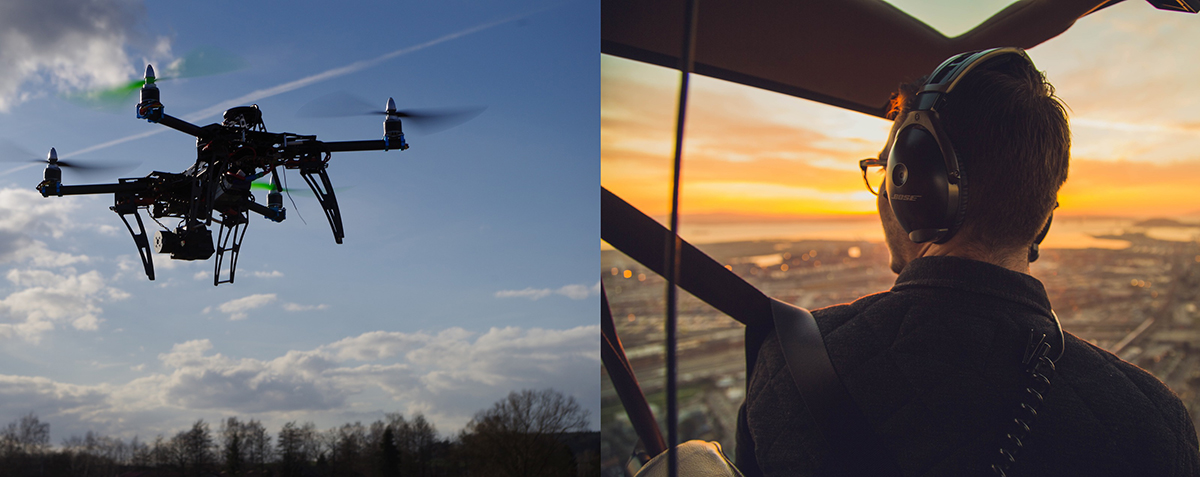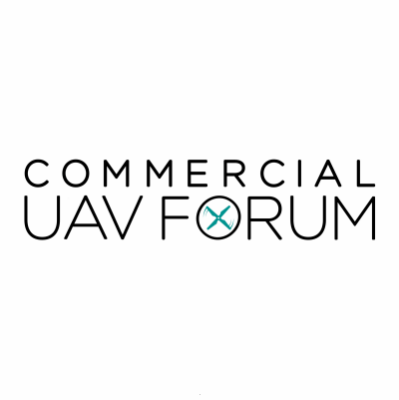On June 16, 2016 the FAA finally released the long-awaited Part 107 in which the unfairly maligned federal agency released the firm guidelines by which our nascent industry will be regulated.
These 54 pages of bureaucratic magnificence which came into effect on August 29th bring much needed clarity to a group of entrepreneurs and professionals who have been chomping at the bit, at the opportunity to create new products, new services or simply improve existing ways of performing their jobs.One aspect of particular interest to the aviation community is the introduction of the concept of Remote Pilot in Command, or RPIC (The FAA does not use the acronym in its document but I believe it will catch on). The definition of RPIC is that of a person acting in command of a flying operation in which there might be more than one individual involved in the safe execution of the mission, and I quote from the Applicability clause of Chapter 5 (5.1) “This chapter provides guidance regarding sUAS operating limitations and the responsibilities of the remote pilot in command (PIC), person manipulating the controls, visual observer (VO), and anyone else that may be directly participating in the sUAS operation.”The mere fact that the FAA allows people other than the RPIC, to manipulate the controls of the remote aircraft during operations, is of great significance because it opens the door for existing pilots to act as RPICs without the burden of learning to operate and becoming proficient, in every UAS available.Later on in Chapter 5 there’s a clarification regarding the ability of the RPIC to directly terminate the flight in case of an emergency or unsafe situation; this might be accomplished by the simple push of a button but interestingly enough, this termination can be done by the RPIC directly pushing the button or instructing the operator to do so.This might not sound like a big difference but in a manned aircraft, the responsibility to end the flight lays solely with the PIC.Another significant improvement that Part 107 offers our community is the ability to use more than one RPIC during a particular mission, therefore extending the useful area of the flight (See 5.2.1.1.). In simple terms, it allows two or more pilots to take the control of the aircraft at different but sequential times during the flight, if and only if, only one of them is in command. There are real time communications between the pilots and the RPIC in control of each stage of the flight maintaining line of sight (LOS) with the vehicle during his/her duties.The main difference between being in command of a manned aircraft and a UAS is still the fact that PIC requires a medical certificate and the RPIC doesn’t. Recently, Congress passed the FAA reauthorization Act (S.2658 - Federal Aviation Administration Reauthorization Act of 2016) which introduces changes to the requirements for third class medicals for private pilots of manned aircraft, but these changes will not go into effect for a year, sometime in mid 2017.Curiously enough, this ruling by congress (Passed on a vote of 89 to 4 in a rare show of bipartisanship) moves the medical requirements for PIC’s closer to those of RPIC’s which are not required at all to have medical certificates.With regards to the issue of licenses, Part 107 establishes clear guidelines as to how to be legally compliant when operating a UAS by introducing the concept of a UAS License. The eligibility is quite straight forward and I quote:- Be at least 16 years of age.
- Be able to read, speak, write and understand the English language.
- However the FAA may make an exception if the person is unable to meet one of these requirements due to medical reasons, such as a hearing impediment.
- Be in a physical and mental condition that would not interfere with the safe operation of a sUAS.
- Pass the initial aeronautical knowledge test at an FAA-approved knowledge testing center (KTC).
- However, a person who already holds a pilot certificate issued under 14 CFR part 61, except a student pilot certificate, and has successfully completed a flight review in accordance with part 61 within the previous 24 calendar months is only required to successfully complete a part 107 online training course, found at faasafety.gov.














Comments